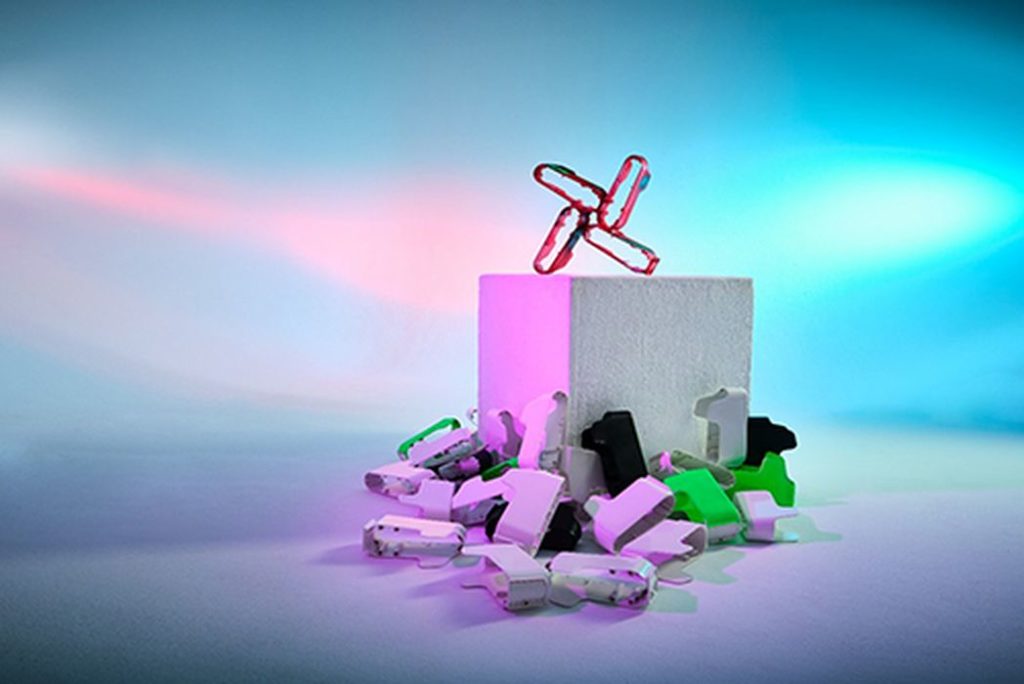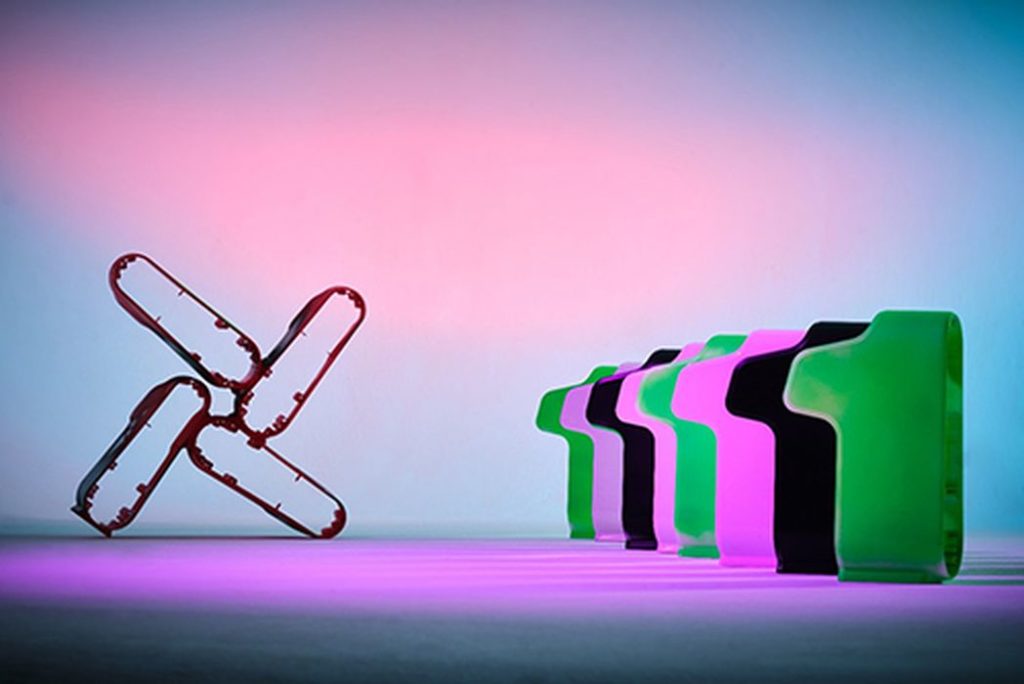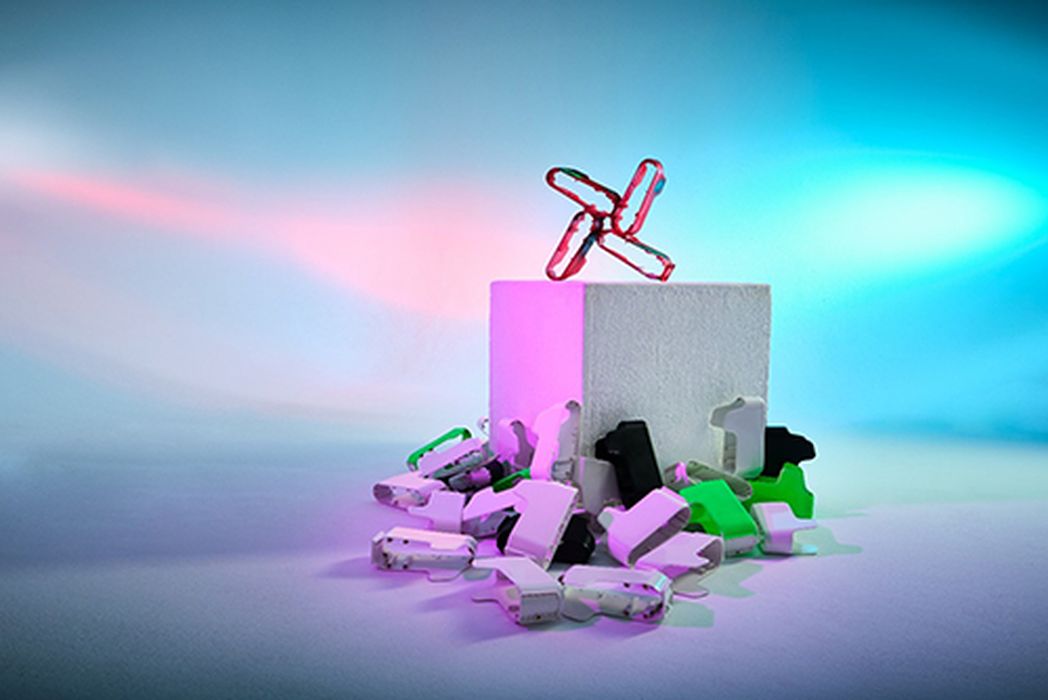
Thor3D announced an unusual project to raise funds for a green non-profit organization.
The Germany/Russia based company produces the well-known Calibry handheld 3D scanner. I’ve tested this device extensively last year, and found that it gives you a tremendous bang for your buck. It’s certainly the lowest-cost, high performance 3D scanner on the market today.
The company sells plenty of these devices, and continues to manufacture them. However, they recently encountered a problem:
“Several months ago Thor3D received two dozen boxes with casings for the Calibry scanners from our injection molding manufacturer. They were all, unfortunately, defective! What was supposed to be a perfectly smooth, shiny, white plastic was covered in gray spots. The supplier quickly sent us a new batch, but a question remained: what to do with the defective lot?”
Their solution was quite innovative. They provided the “scrap” casings to a local artist, Victoria Kudryakova, and requested they be used in new works.
These works would then be sold at auction as NFTs (non-fungible tokens, which we discussed a few months ago). However, these works are not 3D models, they are actual, physical sculptures, and each corresponding NFT represents digital ownership of one work.
The intent is to sell the works on OpenSea, a popular, well, the most popular platform for hosting and selling NFTs these days. The six items are listed as “Plastic Forms -/-” and are on sale until July 13th. Here’s the interesting part:
“Then, a “lightbulb” moment. We could give these casings to an artist, who would use these surfaces as a canvass. Then, we would sell the resulting artwork and donate the proceeds to a green, international non-profit. We chose the Global Footprint Network to donate to, as the organization does a lot of work in sustainability and biodiversity. We also decided to list the artwork on the OpenSea blockchain platform because it is the world’s first and largest marketplace for digital art.”

The Global Footprint Network’s mission is to ensure a future where we can all live within our means. To do so, they provide a variety of metrics and tools that one can use to take action in local settings.
The six works, each named with numbers 1-6, are assemblies of the defective cases, but painted with brilliant colors. Kudryakova explains her approach:
“I didn’t stick to a particular “composition”. Instead, I juggled the objects observing how they behaved and to what extent could I carry on my ongoing dynamic construction.
Despite constructivism having the most influence in this artwork, it wasn’t limited solely by it.
Suprematism, which glorifies plain geometric forms and colors, can also be traced in the Plastic Forms -/-. I blended it with neon colors to symbolize the modern age we live in.”
If you’d like to support the Global Footprint Network and get a cool NFT along the way, why not check out this unusual offer?

